To help you prepare to re-open your childminding business or nursery setting after lockdown, our early years expert Rebecca Martland has put together a detailed guide on ‘doorstep handovers’ and other routines.
We know that young children thrive on feeling safe and secure. Having reliable, predictable routines make an important contribution to supporting these feelings of security.
As you prepare to open or extend your opening to more children, some of those routines that children have been used to will need to change, in order to reflect your responsibility to minimise the risk of Covid-19 infection in our settings. Although I am writing from the perspective of a childminder, these issues also affect group settings and the suggestions I will be making can be applied to and adapted for both.

Often there is not a clear ‘yes’ or ‘no’ answer. You should balance risk against consequences and consider the guidance that has been issued by official bodies such as the DfE, central government, Public Health England and the NHS, alongside relevant legislation.
Any operating decisions made will need to be based on robust risk assessments. If you need to deviate from government guidance you will need to be able to back up your reasoning for this: why you deemed it necessary and how you have continued to keep children safe.
Current social distancing rules mean that you should not be allowing any adults who are not part of your household into your home. This means that parents bringing their children to a childminder will need to do a ‘doorstep handover’.
Doorstep policies are already the norm for many childminders but even for them, things have changed due to social distancing measures.
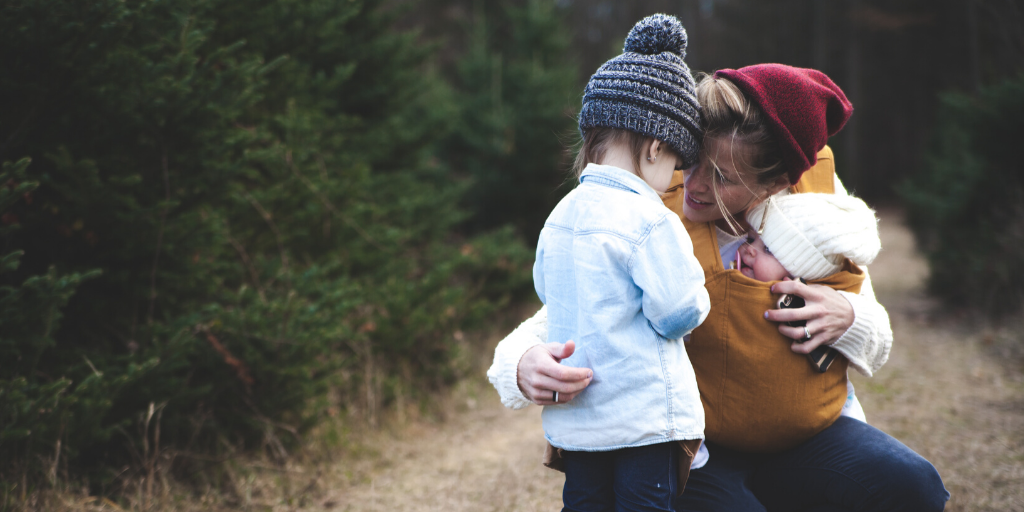
Parents should talk to children in advance about what to expect.
Parents are advised to wait outside your property or in their car until called and maintain 2m distancing if they arrive at the same time as another family.
Operate a system of staggered start and finish times to avoid ‘clashes’.
Only one parent to bring their child. No one from outside the child’s household (other than their registered childcarer or teachers), should be in direct contact with them. Grandparents, friends or other relatives who might have previously brought or collected the child should not now be doing so unless they live with the child. If a parent requests that a non-household adult brings or collects the child, you should direct them to the government rules on social distancing.
No one exhibiting Covid-19 symptoms should bring a child to a setting and no symptomatic children should be brought. A runny nose is not a recognised symptom and you should follow your usual sickness policy in this and with other non Covid-19 symptom situations.
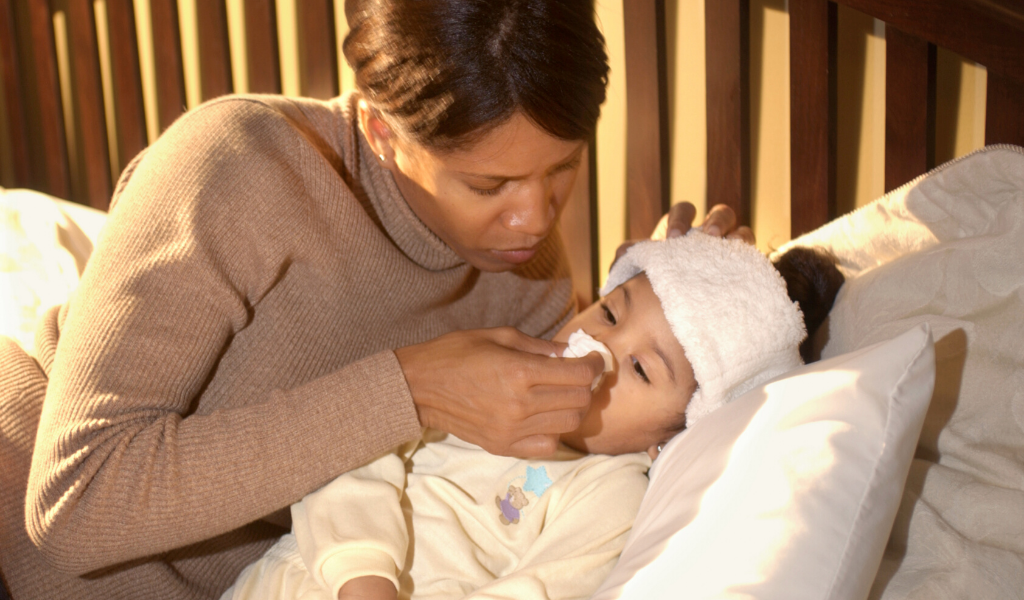
Temperature checking is not recommended by the government and Public Health England. It is not banned though, so can be undertaken if you would find it reassuring, and the child does not find it intrusive or upsetting.
Be welcoming – talk to the child and invite them to move away from their parent independently and enter the house.
Have a designated place for the child’s belongings, including shoes; perhaps in your porch or hallway. Make this part of their new home-to-setting routine. They will find it reassuring and it will aid their sense of belonging.
Where children are experiencing separation anxiety (particularly babies) it may not be possible to operate a distanced handover. For these children, the emotional benefit of a hand-to-hand or arm-to-arm transfer might outweigh the small risk of possible virus transmission from such a short encounter.
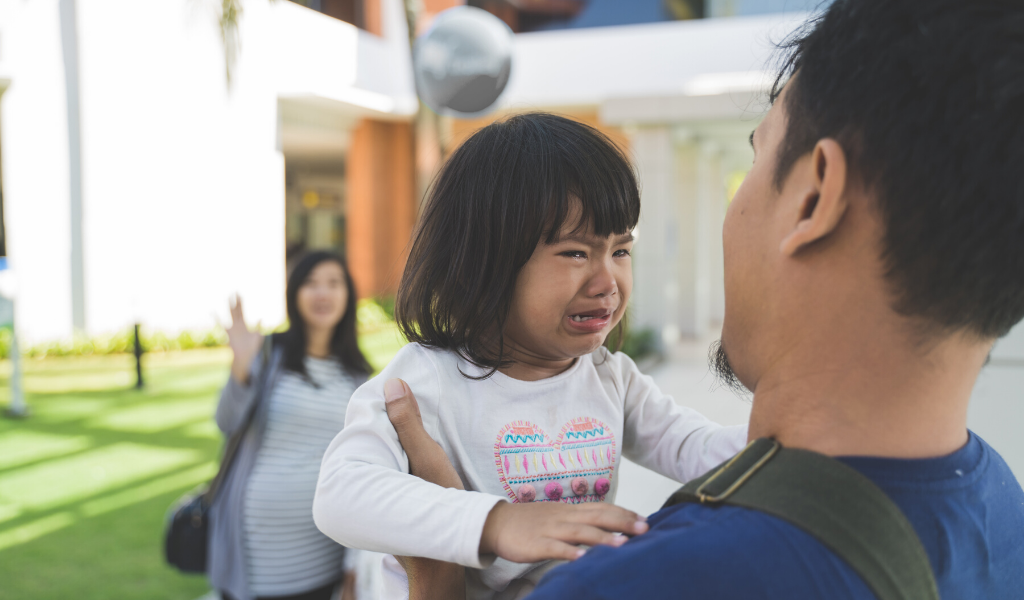
Alternatively, a buggy or car seat could be considered if you are not comfortable with the parent passing them to you directly and this does not cause the child undue distress. How this is handled will be determined by your knowledge of the child and your risk assessment, though bear in mind that even previously well-settled children may now demonstrate anxiety and reluctance to leave their parent.
Children should not bring any non-essential items into your house.
Limit belongings to necessary supplies such as nappies, comforters and a clean change of clothes, perhaps to be kept at the setting; easily cleanable or wipeable where possible. Avoid cloth and canvas bags. If you normally provide nappies or other supplies you can continue to do so, and if not, this is something you could consider offering if you want to reduce what is brought to the setting.
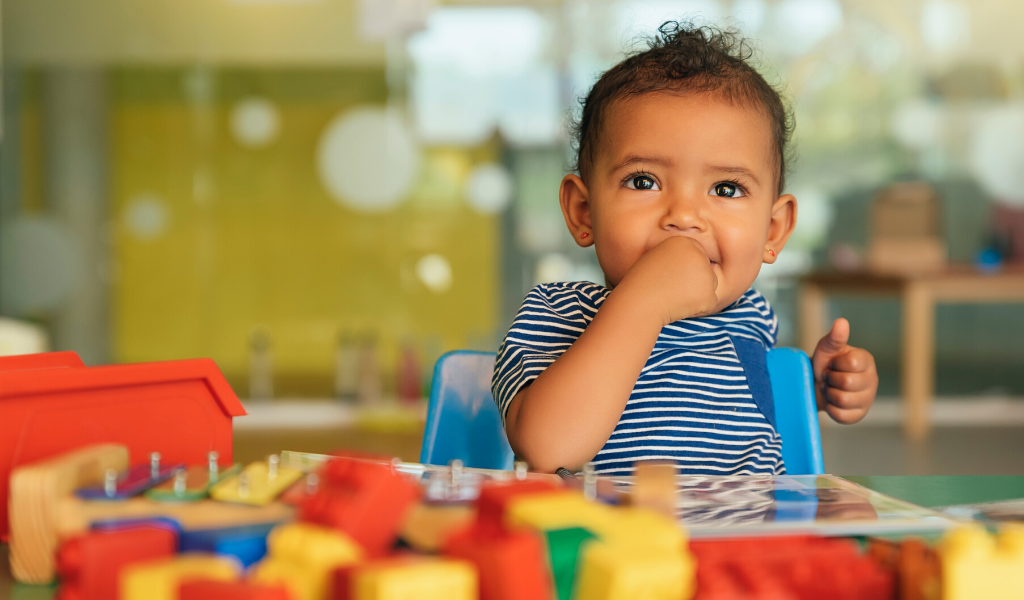
Ask parents to put children in clean clothes before attending, ideally as close to when they leave the house as possible. The guidance says it is not necessary for children to change on arrival at a childcare setting.
Currently, it is not possible to allow prospective clients to visit your setting, including any private space such as your garden, due to social distancing rules, so you will need to take a different approach.
Send photos or video clips of your resources and play areas. Do be cautious though, for your own privacy, safeguarding purposes and protecting yourself from scammers or other criminal intent.
Hold meetings via online platforms such as Zoom or video chat services.
Think about ways to engage with the child, such as telling them a story or talking about their favourite toys.
Kinderly have an excellent webinar on supporting children through transitions, delivered by Early Years Consultant, Maureen Hunt, who co-panelled the recent Kinderly webinar on reopening early years settings after lock-down with me.
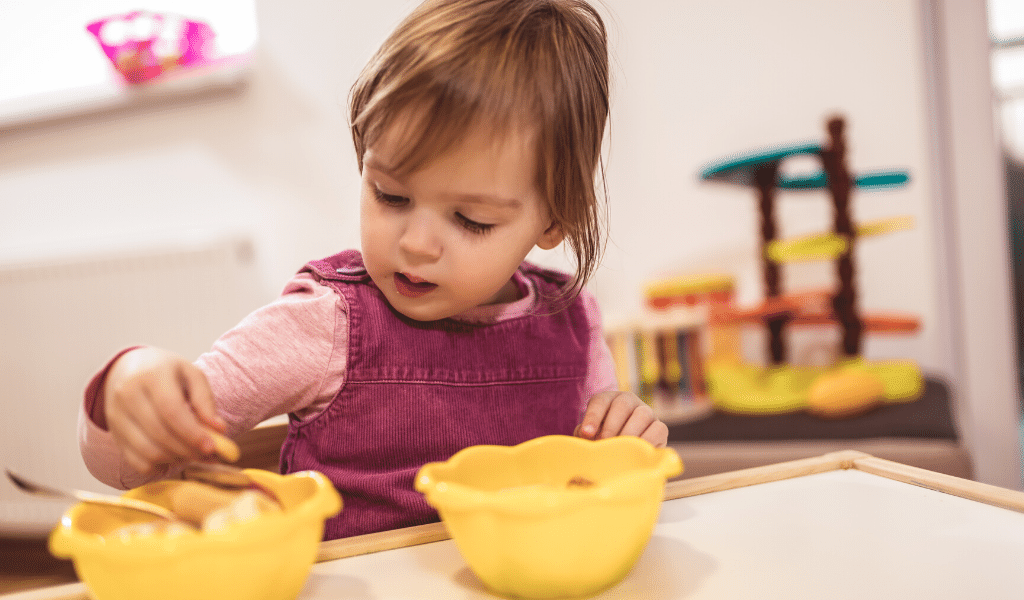
If you normally provide food for the children in your care you may continue to do so, ensuring all usual hygiene practices are in place. In addition, you will need to ensure that drinking cup, cutlery and crockery are not shared and that children do not help themselves to food from a communal plate, in order to reduce the risk of cross-contamination.
If children normally bring food from home, ask for this to be supplied in containers that can be wiped if these are going to be stored in your fridge, for example. Lunchboxes should be wipeable and be stored in the child’s bag or ‘belongings box’.
As before, risk assess and decide what works best for you and your setting. There are no rules about which option you choose, or which method is better than the other.
Children should ideally sit alongside rather than facing each other and where possible they should be a distance apart, to reduce the risk of transmission as they are in more prolonged contact whilst stationery and eating compared to playing which is more dynamic.
Eat outside where possible as this also reduces risk.
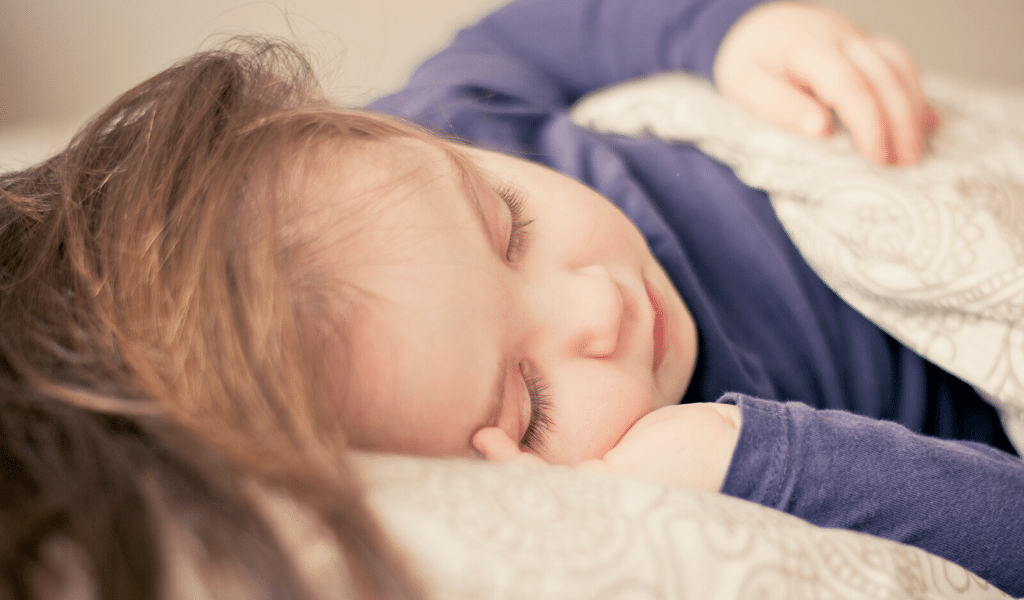
Children should already be using clean, individual bedding for sleeping, so no changes are needed in this respect.
If children usually sleep in a bedroom or other, private, family space, move them to your communal childcare space.
Sleeping children should be distanced from one another. Sleeping outdoors is ideal if feasible and safe but avoid the use of tents or enclosed spaces.
The DfE guidance for Early Years states that exercise in private outdoor spaces is permitted. It is also an EYFS requirement to provide access to outdoor play. Following consultation with the DfE, Ofsted have been advising that settings can take children to public outdoor spaces as long as distancing measures are in place, but the DfE have not yet officially confirmed this in their own guidance. You will need to consider the guidance; risk assess and make your own decision on this.
Similarly, there is no guidance for Childminders regarding travelling to school or another setting to collect wrap around children, so the same principles would apply.
Where children are travelling in a buggy or car, they should ideally be side-by-side, and in a vehicle car seats should be spaced as far as possible, with windows open.
About Rebecca Martland

Rebecca has 20 years’ experience in the early years sector: as a childminder, she has received an Outstanding grade from Ofsted for four consecutive inspections. She is an Early Years consultant, trainer, author and Nursery World Awards judge. She is also a qualified teacher and Early Years Professional. Rebecca is a staunch advocate of play-based, child-centred education and childcare. This philosophy is at the centre of her training and a message she shares widely as an active member of the Early Years community.